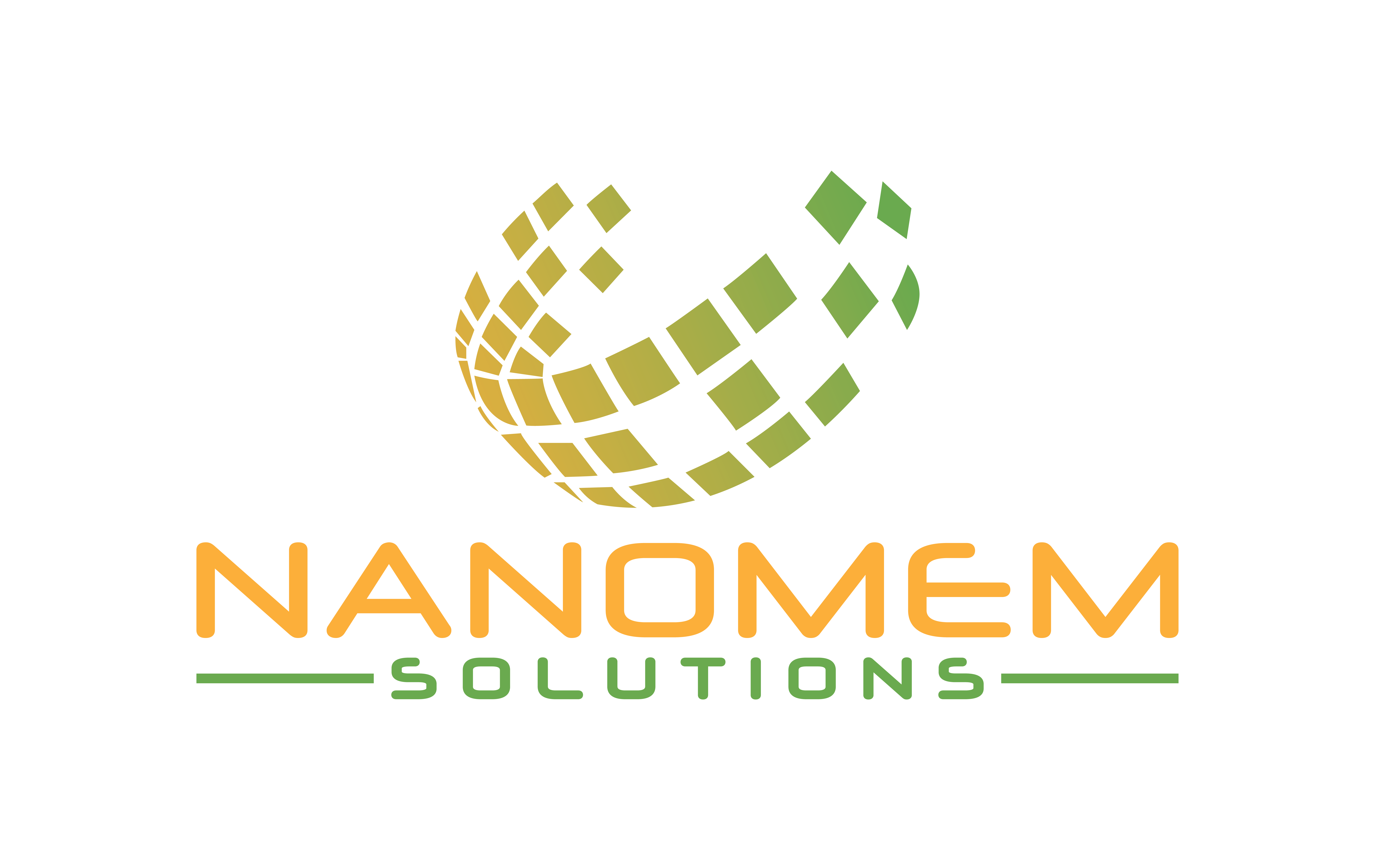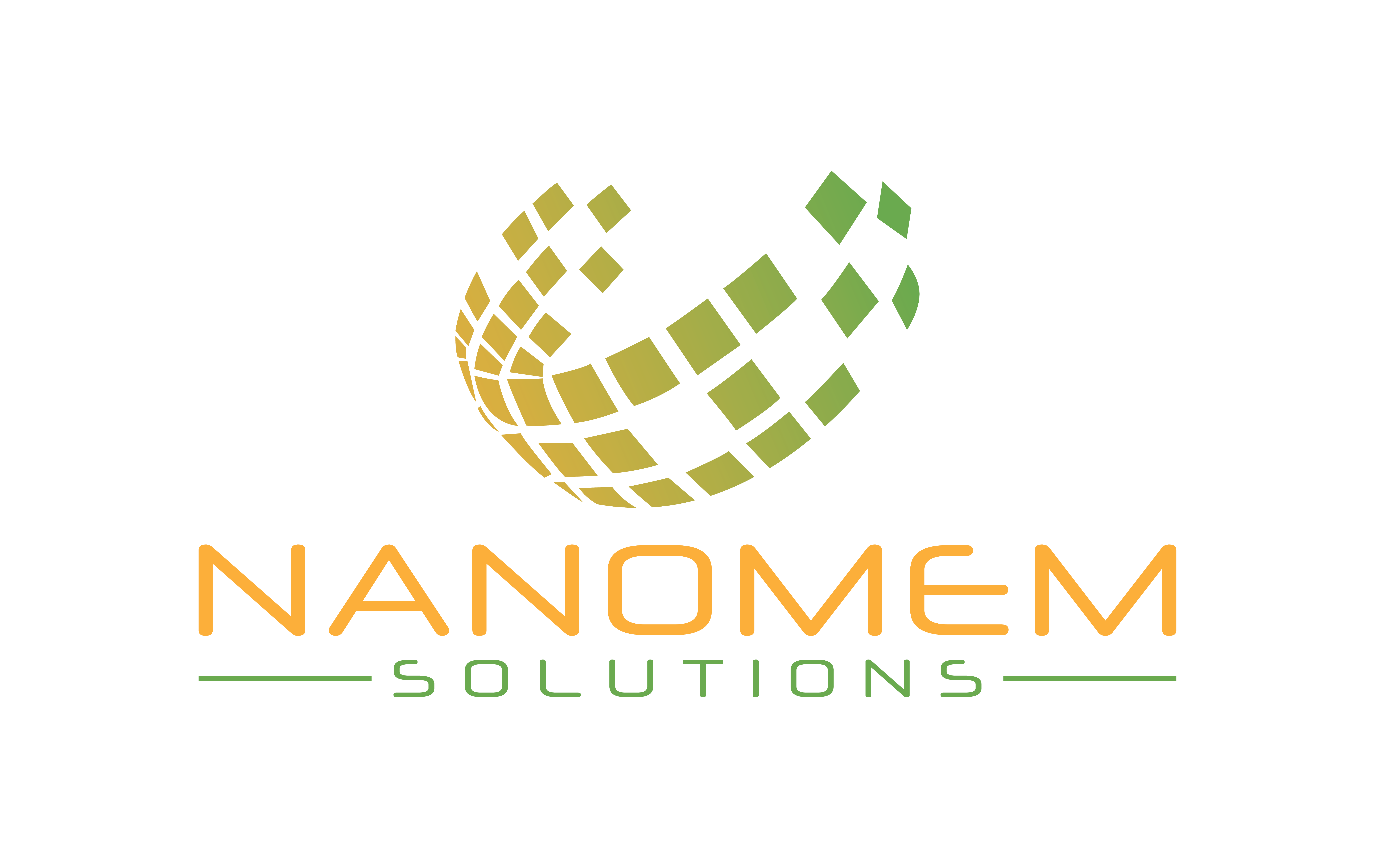Case Study – Acid Recovery Membrane
A massive amount of hazardous liquid effluents is produced daily in the mining and pickling industries for metal extraction and surface treatment. These aqueous effluents contain hydrochloric, sulfuric or nitric acids, or their mixtures. The direct discarding of these acidic wastes without post-treatment in the aquatic environment can cause severe damage to the ecological systems. Consequently, exploring novel practical and efficient strategies to treat acid effluent wastes is urgently required to protect the environment and reduce the costs of several industrial applications by achieving sustainable recycling process of acidic wastes. Currently, there are several techniques to treat acid wastes including diffusion dialysis.
Diffusion dialysis could be considered one of the most important techniques for acid recovery due to its efficiency and low cost. Anion exchange membrane (AEM) are commonly used for acidic waste treatment from salts mixtures through diffusion dialysis technique.
The AEM contains cationic moieties which can facilitate the rapid anions permeation although the protons with tiny sizes can easily migrate through the membrane. Thus, polymeric AEMs can be employed for acid recovery and concentration without energy consumption. However, boosting the performance of AEM is still required for more efficient industrial processes. The potential improvements can target the reduction of the membrane thickness, enhancement of the thermal, chemical, mechanical stabilities and increasing the acid recovery rate.
Currently, the majority of diffusion dialysis AEMs are symmetrical homogenous dense ones, generally fabricated via direct thermal evaporation, and are suffering from several issues including high thickness (tens to hundreds microns), dense microstructure and low acid permeability. One commercially used membrane in China is a classic example, in which it has dense structure and thickness of 320 μm, along with low acid dialysis coefficient (UH+) a round 0.0085 m/h. Although, many efforts have been made to tailor the properties and enhance performance of the symmetrically dense AEMs; the trade-off between acid recovery and separation factor remains a challenge.
The dilemma of acid recovery efficiency and salt separation trade-off in traditional polymeric AEMs can be attributed to the building structure of such membranes which include the main hydrophobic back bone chains that are decorated with hydrophilic cations. The ionic regions are merely transporting both H+ and metallic ions.
Accordingly, increasing the ionic groups within the membrane matrix is favorable, however it will not control the selectivity between these different ions leading to its blockage or the transportation of both ions together, which directly cause the “trade-off” in diffusion dialysis process. To overcome this challenge in AEMs, for acid recovery application, OneAtom 12 uses a unique ionic phase to smooth the fast acid passage and block the salt leakage.
OneAtom 12 has created a different unique two dimensional nanosheets which possess various functional groups and can provide a bonded network to facilitate and enhance the passage of acids. Moreover, OneAtom 12’s nanosheets also have a high tendency to absorb different ions owing to the coordination and interactions among various groups and ions resulting in asymmetrical porous microstructure with a very thin dense layer (< 350 nm).
As such OneAtom 12 AEM membrane exhibited a simultaneous higher acid permeability coefficient and separation up to 4.3 and 4.8 times, respectively, compared to an existing commercially used membrane when FeCl2/HCl synthetic acidic waste was used. This is a game-changer where industrial hazardous liquid effluent is problematic and now provides solutions and a new way forward in the mining and pickling industries for metal extraction and surface treatment. Just one of the solutions OneAtom 12 can provide across a myriad of opportunities.

